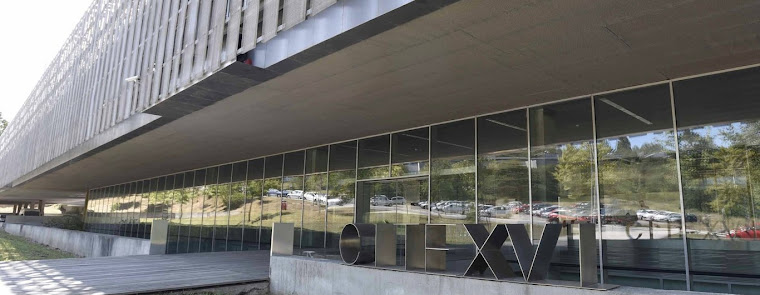
El proyecto Europeo Up4Health se basa en el aprovechamiento de biomasa generada en procesos que se llevan a cabo en la industria, por ejemplo en bodegas, almazaras, o plantas de procesamiento de frutos secos, de los que se obtienen ingredientes funcionales que pueden usarse en otras industrias de diversa índole, como pueden ser la alimentaria, nutracéutica o cosmética.
En Up4Health, además de aprovechar esta materia prima residual rica en compuestos bioactivos, se optimiza la cadena de valor de las industrias productivas del sector alimenticio persiguiendo el objetivo de “residuo cero”, lo que hace que además de ser un proyecto innovador, sea sostenible.
Los ingredientes funcionales de los que hablamos son los siguientes: agua de fruta natural rica en polifenoles, fibra dietética rica en polifenoles, extractos oleosos naturales de frutas y xilooligosacáridos prebióticos. Las aplicaciones en las que se podrán utilizar estos compuestos bioactivos van desde los alimentos funcionales, como productos cárnicos, barritas snack saludables, alimentos suaves para personas mayores, soluciones bebibles en forma de gel, aceite de oliva, bebidas naturales, yogurt, hasta los suplementos nutracéuticos e incluso los cosméticos.
En este proyecto, financiado por el programa H2020, colaboran nueve organizaciones de cinco países distintos se realiza en colaboración con la empresa AMEREX, que aplicará diversos polifenoles extraídos de harina de fibra de oliva y uva en algunos productos de la industria alimentaria, con el objetivo de retrasar los procesos oxidativos y aumentar la vida útil del producto final.
(blog del proyecto aqui)





